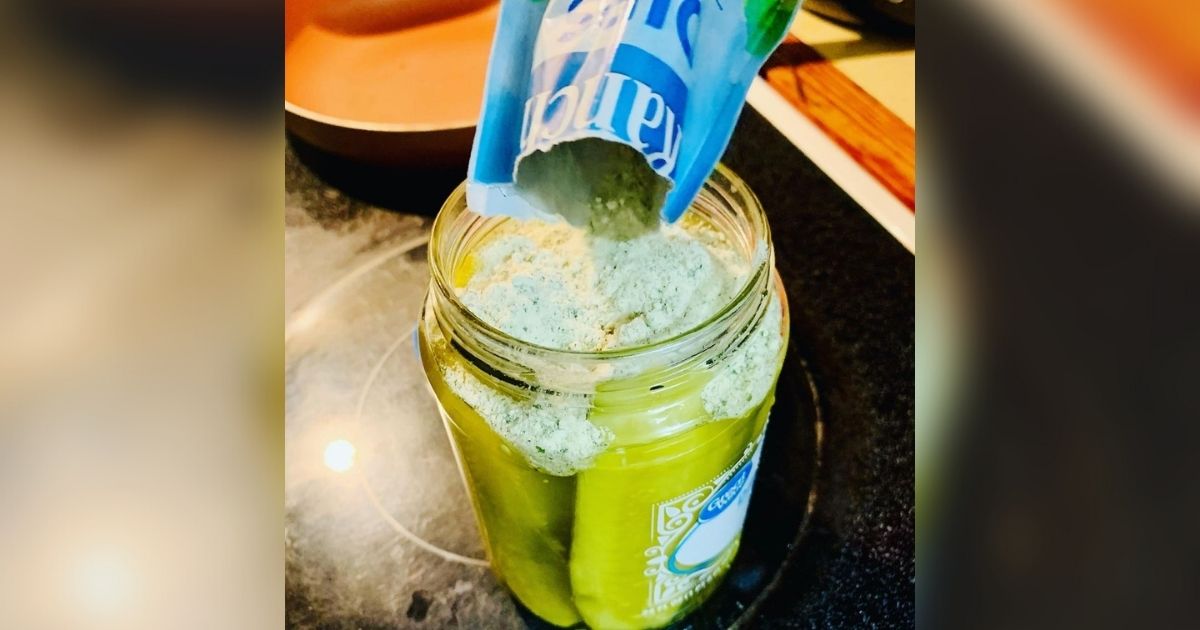In January 1919, Boston witnessed an extraordinary event.
A massive wave of molasses, a popular sweetener of that time, swept through the city’s North End.
This incident, famously known as the Great Boston Molasses Flood, created a unique link between molasses and Boston’s famous brown bread.
View this post on Instagram
Finding the ultimate Boston brown bread recipe is a matter of local pride.
Every Bostonian believes their recipe is the best.
Historical cookbooks from the last 130 years show subtle critiques of each other’s brown bread recipes.
To cut through this culinary competition, the video explores the esteemed recipe collection of Fannie Farmer’s 1896 ‘The Boston Cooking-School Cook Book’.


Farmer’s recipe is refreshingly straightforward.
It includes rye meal, graham flour (named after Sylvester Graham, the inventor of the graham cracker), cornmeal, baking soda, salt, molasses, and buttermilk.
While Farmer preferred her bread plain, many others enjoy adding walnuts, raisins, or currants for extra flavor.


The process begins with sifting and mixing the dry ingredients.
Then, molasses and buttermilk are added. The baking soda reacts with the buttermilk, creating bubbles that help the bread rise.
This mixture is then poured into buttered cans, typically coffee cans, filling them two-thirds full.


The cans are sealed with their lids or aluminum foil and placed in boiling water to steam.
This steaming process takes about three and a half hours.
Once done, the bread is cooled, removed from the can, sliced, and usually served with salted butter.


The historical significance of molasses in Boston is profound.
In 1919, it was primarily used in munitions factories to produce ethanol, a key component in both rum and explosives.
The Purity Distilling Company had a massive tank in Boston’s North End for storing molasses.
However, due to poor construction and a sudden temperature rise, the tank burst, unleashing a 15-foot-high wave of molasses that wreaked havoc in the area.


This tragic event claimed 21 lives and injured 150 people. It took six months to clean up the mess.
The North End of Boston smelled like molasses for decades afterward.
This disaster led to stricter building regulations and zoning laws.
Interestingly, newspapers covering the molasses flood also reported on another looming disaster: the ratification of the 18th Amendment, which marked the beginning of the Prohibition era.


With the halt in rum production and a decrease in the need for munitions after World War I, molasses found a new primary use in making Boston brown bread.
This shift highlights the adaptability and resilience of the city and its people.


The charm of Boston brown bread lies not only in its delicious taste but also in its rich history.
Whether you buy it canned or make it using Fannie Farmer’s recipe, this bread is a testament to Boston’s resilience and culinary heritage.
Every bite is not just a treat but a piece of history.
Learn more about the sordid history of molasses and bread in a can in the video below!
Please SHARE this with your friends and family.














